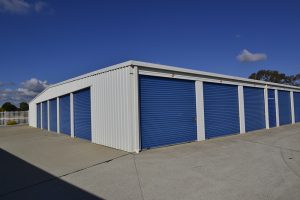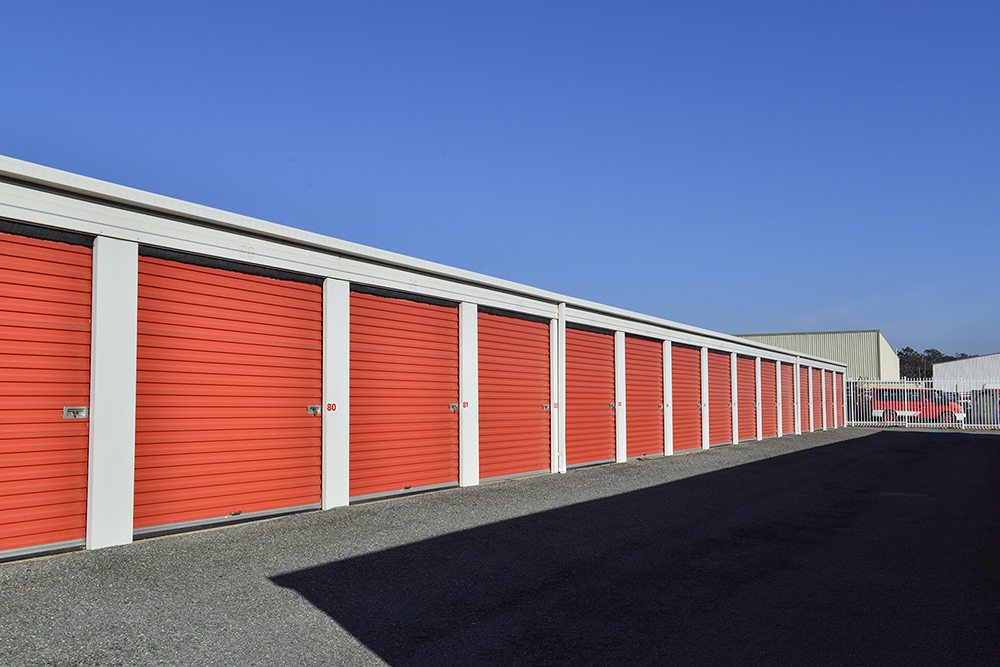The following article was first published by m3property in their Self Storage Market Update – October 2017.
To date in 2017 there has been a continuation of strong transaction activity within the Self Storage market, with competition for assets seeing further downward pressure on yields throughout Australia, despite a large decline in business investment generally across Australian assets.
The Self Storage industry is primarily involved in the leasing of personal storage units, however, has matured and grown to provide a range of storage types (such as wine storage, climate-controlled storage, and records management, in addition to traditional Self Storage units) and ancillary services (including the retail sale of storage products, receipt and dispatch, insurance and removalist referrals, and provision of serviced offices) to both residential and commercial users. According to IBISWorld, there are circa-1,440 Self Storage establishments nationwide, ranging from small, privately owned and operated facilities, to larger corporate-branded and managed facilities.
The industry has undergone considerable consolidation during recent years as a result of a number of factors, including bank funding favouring larger operators who offer economies of scale and diversification of geographic and rental risk; the cost of new greenfield developments being too high for small operators who cannot wear an occupancy take-up period of three to five years; and the cost and skill involved in converting existing commercial buildings to Self Storage facilities. The trend of consolidation is expected to continue.
Given the ageing population and increasing preference for inner-city living, the size of dwellings in Australia has been trending downwards. This has been, and will continue to be, a positive source of demand for the Self Storage industry. Data from the ABS (reported by CommSec) show that the average floor area of new dwellings has declined over the past decade. For example, during the 2016 financial year, the average floor area of new houses was 231.0 square metres and the average floor area of new apartments/townhouses was 131.3 square metres. The average floor area declined 4.8% and 7.6% for houses and apartments/townhouses respectively from the 2006 financial year to the 2016 financial year.

Other growing sources of demand for Self Storage include growth in small online retailers needing storage space for stock as well as demand from an increased number of people relocating on a short-term basis for work or study.
A potential negative driver of demand for the industry is the emerging peer-to-peer marketplace for shared Self Storage. Spacer, established in 2015, allows for people to rent out their under-utilised space (for example parking spaces, bedrooms, garage, backyards, sheds etcetera) and is often notably cheaper for consumers than traditional Self Storage options. Spacer is currently operating in Brisbane, Gold Coast, Sydney, Melbourne, Adelaide and Perth and has grown considerably since being established.
Mobile storage has also emerged as a potential threat to the Self Storage market. However, mobile storage has a number of barriers to entry including high transport costs, high overheads when commencing, related third-party insurance issues, and council issues with storing mobile boxes on the footpaths.
According to IBISWorld, the number of Self Storage facilities nationally is forecast to increase by 3.4% (approximately 50 facilities) over the coming five years. The major industry operators (such as Kennards Self Storage, Storage King, and National Storage) are expected to continue to expand their portfolios of facilities by acquiring smaller companies/existing facilities. Because of this, growth in the number of facilities is forecast to exceed growth in the number of operators (2.6%).
Furthermore, the major industry operators continue to seek opportunities for new facilities, or to expand existing facilities. We are aware of a number of new facilities planned, under construction or recently completed, including: Kennards at Coorparoo and Murarrie (both Queensland), Croydon Park (South Australia) and Warrawong (New South Wales); National Storage at Bundall, Bowen Hills and Kelvin Grove (all Queensland), Cromer (New South Wales) and Perth International Airport (Western Australia); and Storage King at Frenchs Forest, Brookvale and Nowra (all New South Wales). Expansions of facilities that we are aware of include: Kennards at Penrith and Pymble (both New South Wales) and Thomastown (Victoria); National Storage at Brooklyn (Victoria); and Storage King at Southport (Queensland), Truganina (Victoria) and Greenacre (New South Wales).
Since early 2015, values have remained highly dependent on the facility’s catchment and management’s ability to find a suitable pricing equilibrium. Strong demand has continued for high-quality assets above the $5,000,000 price point. As a result of increased competition, particularly for quality assets, yields have firmed slightly over the previous 12 months, with the yield range continuing to remain tight between assets. At present, equated market yields typically range between 7.75% and 8.25%. Initial yields have also continued to firm, currently typically ranging between 5.00% and 7.00%, with purchasers seeking value upside.
 Analysis by m3property of a selection of recent sales across Australia of corporate-level facilities highlights the following key statistics:
Analysis by m3property of a selection of recent sales across Australia of corporate-level facilities highlights the following key statistics:
Initial Yields: between 4.80% and 7.96%, with an average of 6.47%.
Equated Market Yields: between 7.74% and 8.68%, with an average of 8.14%.
Internal Rates of Return: between 11.59% and 12.92%, with an average of 12.21%.
Occupancy Levels: between 59.58% and 91.64%, with an average of 74.34%.
Click here to download the full Self Storage Market Update – October 2017. View more articles on Self Storage Startup to learn more about the storage industry in Australia.







